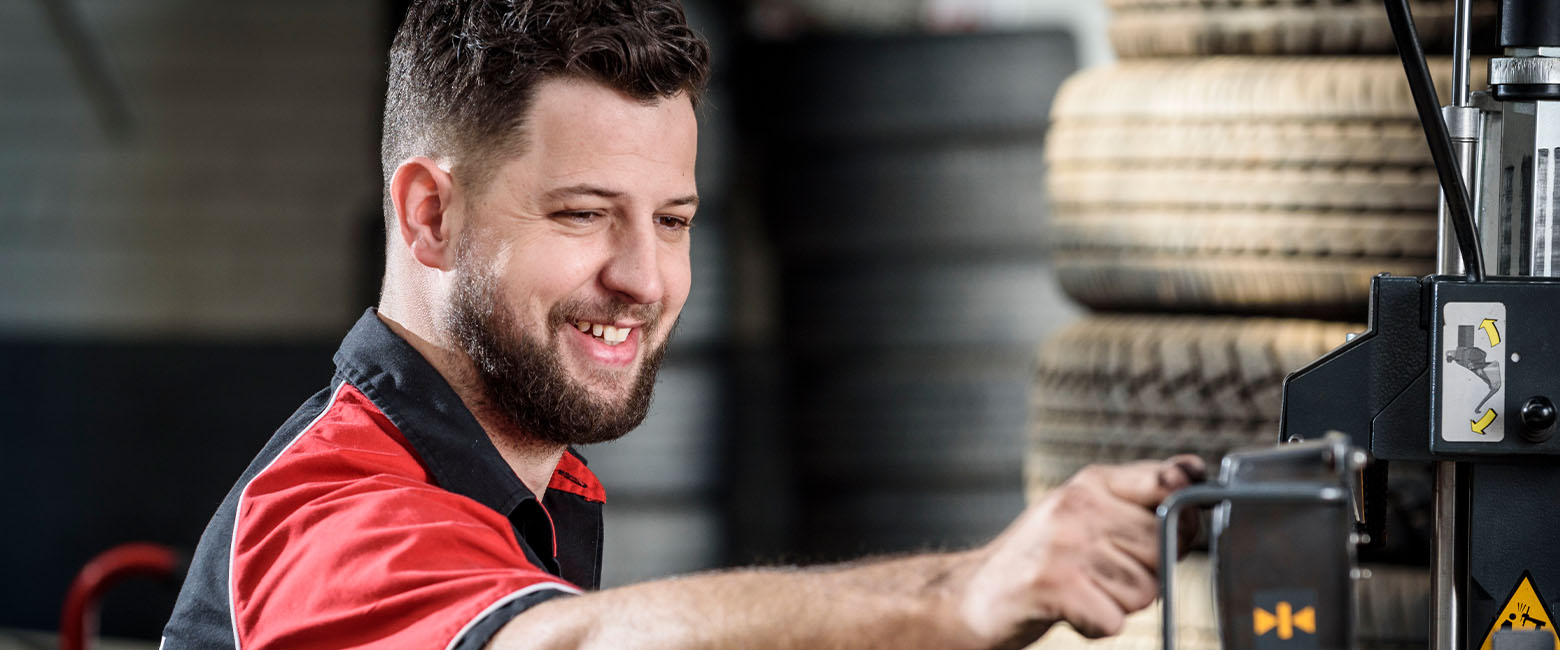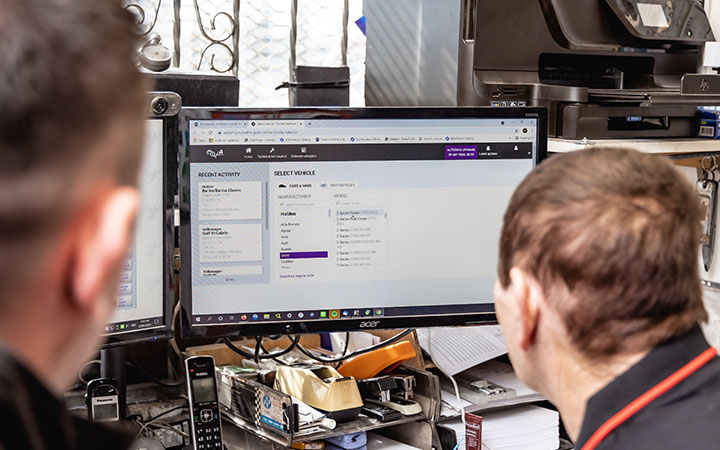How do you know if your business is performing well?
The funny thing about success is that it's open to a wide range of interpretations. It's not just about making money.
We asked our Members what success looked like to them as part of our State of the Nation Report 2022 and these were their responses:
Success, therefore, is not just about financial metrics —there are a whole lot of other personal, people and investment factors that people take into account when determining how successful they feel.
Yet while success might look different to different people, there are some common threads that can be found amongst most successful business.
We asked automotive business coach Workshop Whisperer Rachael Sheldrick for her top indicators of success for any workshop.
You’ve overcome your financial illiteracy
“You have to overcome your challenges with financial literacy, through seeking help from a good accountant and coach,” Ms Sheldrick said.
“99.9% of shop owners will tell you that they’re just a mechanic and that interpreting a financial report is something that they hate because they don’t understand it. They’ve just never been taught.”
You review your financials regularly
It’s not enough to know one end of a spreadsheet from another. Ms Sheldrick said successful workshop owners also religiously review their financial statements, “and not just when their accountant says it’s time”.
You’ve reduced your key-person risk
Is a whole heap of information about the running of your business stored in your head? Or in the head of one of your team?
What happens if something goes wrong?
“Most workshops will go a couple of weeks without their key person, but turnover will be down and there’ll be big mistakes with work,” Ms Sheldrick said.
Successful businesses have reduced their key-person risk. They have systems in place to ensure work will continue if someone is missing. Work is delegated.
You’re transparent with your team
Successful shop owners are transparent about their numbers with their team.
“It actually ensures a higher-than-normal level of buy-in from the team, because they understand why the owner is asking them to do things,” Ms Sheldrick said.
“Definitely have a whiteboard showing billable hours and charge-out hours against available hours.
“But also, get the team familiar with the top section of your profit and loss statement, because they have a direct impact on gross profit. If they take too long to do a job, you can’t sell all those hours. If they put the wrong part in, or they break something, then that all affects your gross profit results.
“Obviously the second part of the profit and loss statement is the owner’s responsibility, but definitely get the team involved in the top part.”
You’ve stopped taking on debt for assets that don’t make profits
Ms Sheldrick said successful workshops don’t accrue debts that don’t have an appreciable asset attached to them.
“You see shop owners who will buy the latest dual cab ute, have the flashy jet ski and boat, and they’ll do it through the business,” she said.
“That puts those businesses under stress. The successful businesses will know what they can take from the business and they won’t stress the business out. They’ll aim to be debt-free.”
You’re working on your leadership skills
“Successful workshop owners recognise that their own leadership needs work and that if they were a better leader, their team culture would be better,” Ms Sheldrick said.
“So, undertake some kind of personal development in that space.”
You have clear goals and you know how you’re going to meet them
Successful shop owners are very clear on their end goals.
“They know how much money they want and they know how many customers each day are required to produce that result,” Ms Sheldrick said. “They don’t just open the doors and see what they get in.
“For them, it’s very, very defined and they ask for accountability. They don’t think they’re above working with someone, or answering to someone, if it helps them achieve their goals.”
You benchmark yourself against the right metrics
Ms Sheldrick said there are more than a dozen metrics you can benchmark yourself and your workshop against, but if you want to know “at a quick glance” how you’re tracking for a particular week, she recommends checking these three figures*:
- Gross profits (the amount of money you take from customers, less the costs of parts/labour sold). As a guide, Ms Sheldrick said successful workshops she’s worked with aim for a margin somewhere between 48% and 52%
- Net profit (your revenue after subtracting all your costs, including interest, tax, etc.). Ms Sheldrick said in her experience successful workshops aim for a margin somewhere between 18% and 22%
- Effective labour rate (the total labour sales in dollars divided by total labour hours billed). Ms Sheldrick recommends hours sold should be within 10% to 15% of your advertised labour rates (to take into account unsold hours).
“And you want to know your ideal daily car count, which is different for every shop,” Ms Sheldrick said.
“If you go above what’s ideal for your shop, that will have a detrimental impact on your gross profit.”
How so?
“If your ideal number turned out to be 10 but you’re putting through 15 cars, that could be a stress on the business because your techs are just focused on getting cars back to customers instead of focusing on upselling. So, your gross profit will go down on those jobs.”
If you’d like more insights into Members’ perceptions of success, the State of the Nation Report is available here.
*These examples of benchmarks used by some workshops are provided as a guide only and should not be considered financial advice. Talk to your accountant or business adviser before setting your own benchmarks.



